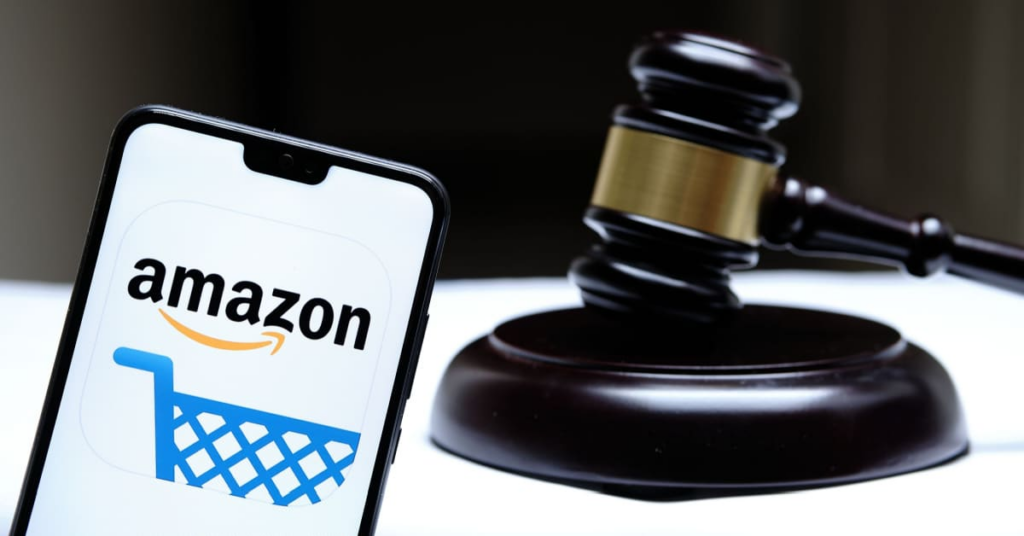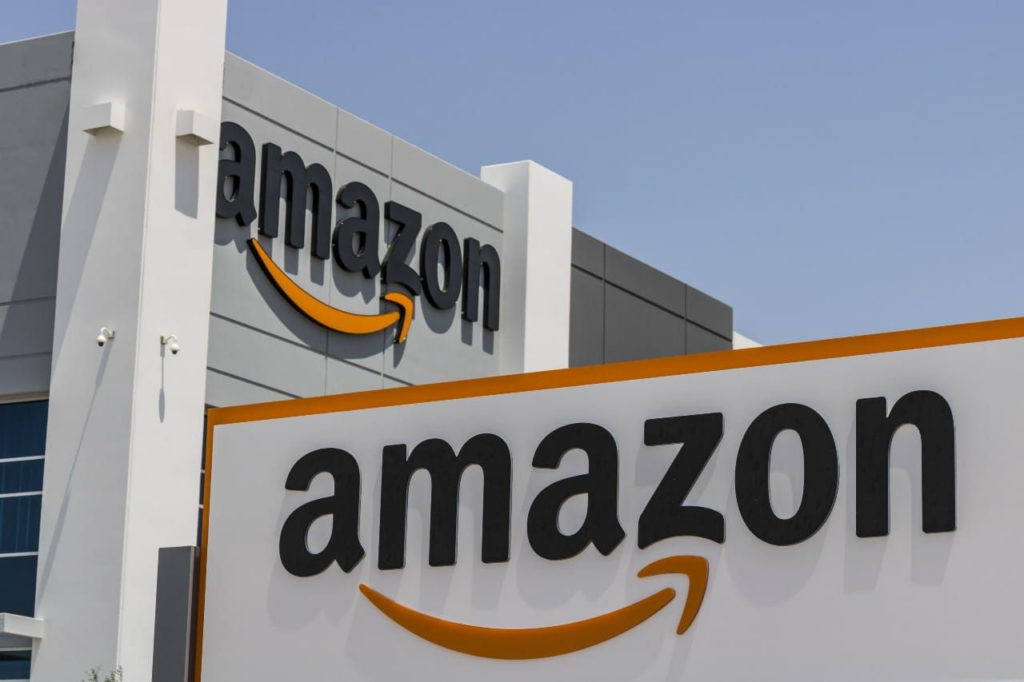Amazon, the global e-commerce leader, is currently facing several class action lawsuits addressing critical issues such as Prime delivery exclusions, worker rights, and data privacy. These legal challenges underscore the complexities of operating a vast business while adhering to legal and ethical standards.
In today’s post, we’ll provide an overview of the most recent lawsuits and their potential impact on consumers and employees.
Key Amazon Class Action Lawsuits: The Latest Developments
1. Amazon Prime Delivery Exclusion Lawsuit: Allegations of Discriminatory Practices
A significant class action lawsuit has been filed against Amazon, alleging that the company secretly excluded certain zip codes from its Prime delivery services. Customers in these areas claim they were misled by Amazon’s advertising, which promised benefits like fast, free delivery, only to find these services unavailable in their locations.
Key Allegations:
- Deceptive Advertising: Consumers argue that Amazon misrepresented the availability of Prime delivery services, leading them to pay for a service they could not fully access.
- Discriminatory Exclusion: The lawsuit claims that Amazon’s exclusion of specific zip codes disproportionately affected certain regions, raising concerns about unequal treatment of consumers.
- Financial Harm: Affected customers may have paid for Prime memberships under false pretenses, leading to financial losses.
If successful, this lawsuit could compel Amazon to revise its advertising practices and ensure that Prime benefits are clearly communicated to all customers, regardless of location.

2. Worker Rights and Warehouse Conditions: Legal Action in Colorado
In Colorado, Amazon is facing increased scrutiny over working conditions in its warehouses. This follows multiple lawsuits filed by employees who allege unsafe working environments, unreasonably high productivity expectations, and a lack of adequate accommodations. The lawsuits have drawn attention to the physical and mental toll of working in Amazon’s fast-paced fulfillment centers.
Key Concerns:
- Unsafe Working Conditions: Employees have reported frequent injuries and hazardous environments, prompting calls for improved safety standards.
- Unrealistic Productivity Demands: Workers claim that Amazon’s targets are excessively high, contributing to stress and burnout.
- Inadequate Breaks and Accommodations: The lawsuits also highlight the company’s failure to provide sufficient breaks or accommodations for workers, especially those with disabilities.
As Amazon faces pressure from both legal challenges and public scrutiny, these lawsuits could lead to significant reforms in workplace standards and employee rights, potentially setting new precedents for warehouse operations across the country.

3. Data Privacy and Security Breach: Protecting Consumer Information
A separate lawsuit is focused on allegations that Amazon failed to protect customer data, resulting in breaches that compromised sensitive personal information. Plaintiffs argue that the company’s cybersecurity measures were insufficient, leaving consumers vulnerable to unauthorized access.
Key Issues:
- Failure to Safeguard Data: The lawsuit claims that Amazon did not take adequate steps to secure customer data, potentially exposing millions to identity theft and fraud.
- Lack of Transparency: Consumers have also criticized Amazon for not being transparent about the breach, leaving them unaware of the risks to their personal information.
As data breaches continue to be a major concern in the digital age, this lawsuit underscores the importance of robust cybersecurity practices and the need for companies to prioritize consumer privacy.
4. FTC Lawsuit Over Amazon Prime Subscription Renewals
The Federal Trade Commission (FTC) has filed a lawsuit accusing Amazon of using “dark patterns” to deceive consumers into auto-renewing their Prime subscriptions. The FTC alleges that Amazon’s user interface design manipulates customers into signing up for Prime and makes it difficult to cancel the subscription.
Key Allegations:
- Manipulative Design: The FTC claims that Amazon employs deceptive design tactics to encourage users to enroll in Prime and to discourage cancellations.
- Consumer Deception: The lawsuit argues that these practices mislead consumers into paying for a service they may not fully understand or want.
If the FTC prevails, Amazon may be required to change its subscription practices, potentially leading to clearer communication and easier cancellation processes for consumers.

5. Amazon Faces Lawsuit for Mismanagement of 401(k) Funds
Amazon has been accused in a proposed class action lawsuit of mismanaging nearly $350 million in forfeited 401(k) funds. The lawsuit alleges that Amazon violated the Employee Retirement Income Security Act (ERISA) by using these funds to offset its own contributions rather than reducing administrative fees for plan participants.
Key Allegations:
- Misuse of Funds: The lawsuit claims that Amazon used forfeited 401(k) funds for its own benefit, rather than for the benefit of plan participants.
- Violation of ERISA: The plaintiffs argue that Amazon’s actions constitute a breach of fiduciary duty under ERISA.
If the court finds in favor of the plaintiffs, Amazon may be required to compensate the plan for the alleged violations and to implement changes to its 401(k) management practices.
How to Join a Class Action Lawsuit Against Amazon
If you believe you’ve been affected by any of these issues, you may be eligible to join a class action lawsuit. Here’s how:
- Determine Your Eligibility: Check if you fall within the defined class of affected individuals. This information is typically outlined in the lawsuit details.
- Gather Documentation: Collect evidence such as receipts, email communications, or notifications from Amazon.
- Contact Legal Counsel: Consult with a lawyer specializing in class action lawsuits to understand your rights and next steps.
- File a Claim: Follow the instructions provided by the claims administrator to submit your claim. Usesparrow also provides tools and resources to help you stay informed and take action.

Final Words
Amazon’s recent class action lawsuits highlight significant issues that affect both consumers and employees. Whether it’s misleading Prime delivery services, unsafe working conditions, or concerns over data security, these legal challenges emphasize the need for greater accountability. By staying informed and proactive, you can protect your rights and contribute to positive change.
For the latest updates and expert guidance, subscribe to Use Sparrow and take control of your legal journey.

